10 Favorite Flowers for the Fall Landscape |
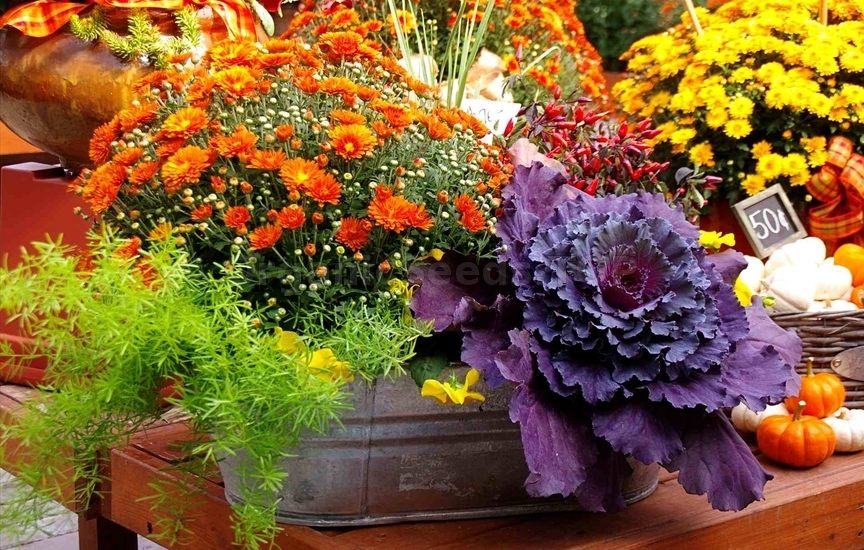 Gardeners tend to get excited about spring, looking forward to trying out new plants and maybe even making a big move and changing their landscapes. And in summer there’s the joy of the garden in full bloom, and most fruit trees and vegetable gardens produce abundantly. By September, though, even the most avid gardener can start to feel worn out, and the best-tended garden can start to look a little tired. That’s too bad, because gardening in the fall can be delightful. The weather is generally cooler than in summer (except in places like San Francisco), yet the garden doesn’t need as much care as in the spring. To rejuvenate both your garden and your own gardening enthusiasm, why not plant some fall-blooming annuals and perennials? The annuals may be short lived if you have an early frost, but they’ll certainly brighten things up until then. The perennials might also be low producers this first fall, but think what you’ll have to look forward to in future years. Those who live in mild-winter or desert climates have it even better; many of these plants will continue blooming into winter. Some of the plants listed below bloom only in fall. Others may begin their bloom season earlier in the year. And some of the annuals that are normally considered spring flowers will flourish in the cooler fall weather, if only for a short time. Classic ChrysanthemumMums, specifically florists’ or garden mums, have become the go-to plants for a fall garden. You can go with the traditional yellow-, orange- and red-flowered mums or find varieties with flower colors ranging from white to purple. As a bonus, the flower shapes are incredibly varied; you can find quill-like petals, daisy shapes and pom-pom forms. To make the decision even more interesting, heights can range from 1 foot to 6 feet.
Growing tips
Plant blooming varieties in fall in well-draining soil about a month before the first frost for quick color. Then cut them back to about 8 inches above the ground when they finish blooming. Cover with sand, sawdust or a noncomposting mulch if you want. If your soil is very damp through winter or you live in a very cold climate, you may need to dig up the plants and overwinter them aboveground. Divide every few years.
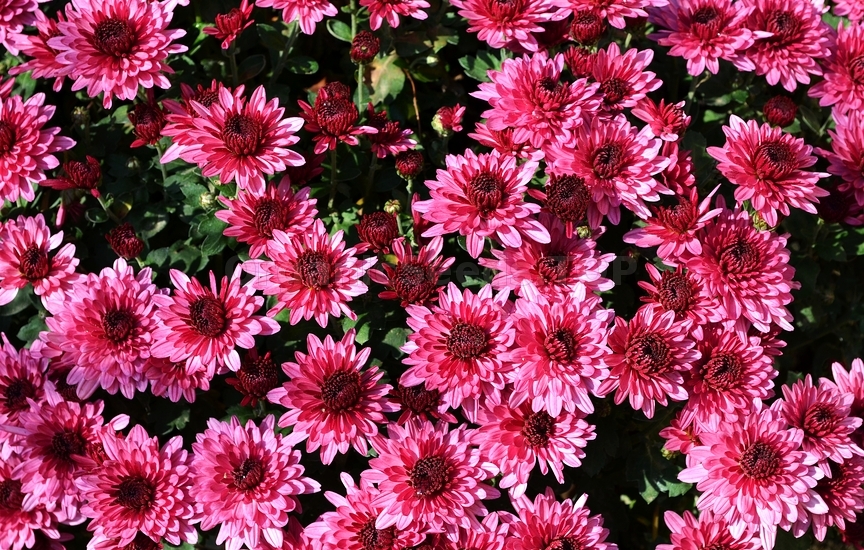 Sturdy AsterFollowing closely on the heels of mums in popularity are the asters. There’s a reason these perennials are favorites: Their pink, blue and purple flowers (usually with a bright yellow center) offer a cool contrast to the warmer autumn colors of the changing leaves and grasses. They’re also hardy in almost every climate. Aster x frikartii ‘Monch’ and ‘Wonder of Strafa’ bloom from summer to well into fall, and even through winter in the mildest areas, but they don’t always live as long as other species. The New England aster varieties are notable for their range of colors and their adaptability to wet soils. The similar New York aster, sometimes called a Michaelmas daisy, can range in size from under a foot to 4 feet tall.
Growing tips
Fairly tolerant, but grow best in fertile soil. The taller asters may need staking and you may have problems with mildew. Divide if plants become invasive or woody.
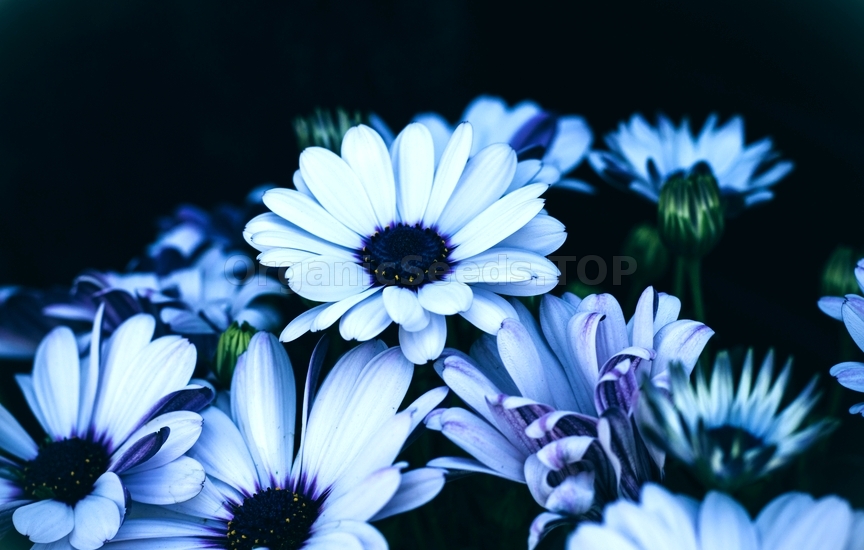 Decorative Flowering Cabbage and KaleWhat were once underappreciated vegetables have found their niche as stars of the ornamental fall and winter garden.Their oversize rosette or leafy heads in shades of white, cream, red and purple look like transplants from a giant’s garden. Grow them just as you would their edible cousins, either in the garden or in containers, and don’t worry as the colder weather approaches. They only look better with a touch of frost, as it brings out their color.
Growing tips
Set your plants about 1½ feet apart in the garden or add them to containers after the hot weather cools; lightly fertilize throughout the garden season. If you're planting them in the garden, choose a new spot each year, as soil diseases can be a problem. As a plus, while these are “flowering” varieties, their leaves are edible.
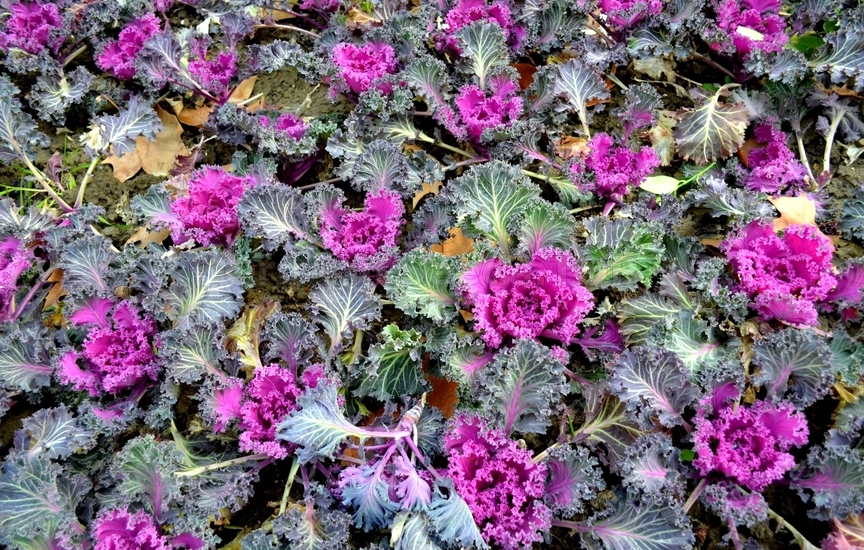 Glorious Black-Eyed SusanHumans aren’t the only ones who love this plant. Bees, birds and butterflies also flock to it. Plus, it’s easy to grow and can handle tough conditions. Most begin blooming in summer, but the flowering will continue well into fall. There are any number of species available; two of the most popular are ‘Herbstsonne,’ also called ‘Autumn Sun’, and ‘Goldsturm’.
To make things just a bit confusing, one of the common names for these plants is coneflower, a name also given to members of the Echinacea family. Growing tips
These do best their first year if you plant them in spring, but you can still put blooming plants in place in fall for a burst of color. Taller plants may be droopy, so stake them or plant them close enough together that they can provide support without crowding one another. Cut the flowers for arrangements throughout the growing season to encourage continued blooming. Divide when they become crowded.
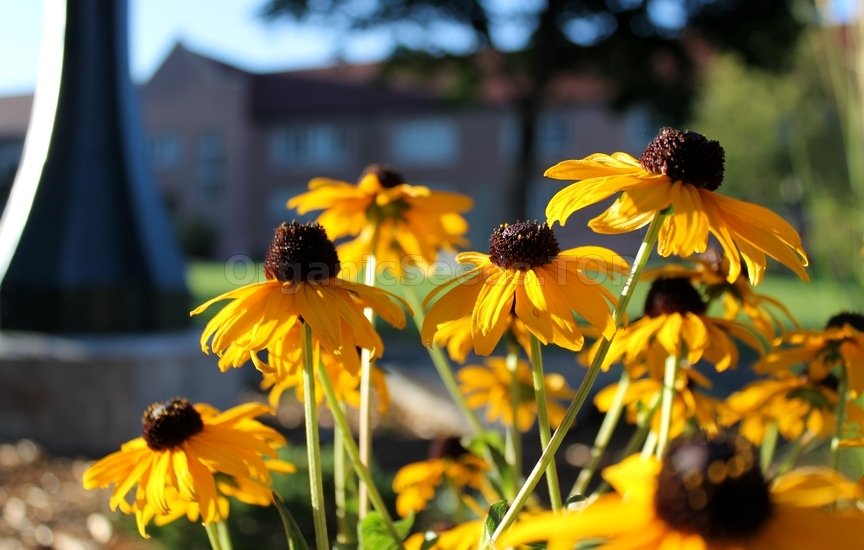 The Other ConeflowerThere are plenty of Echinacea species available for home gardeners, but purple coneflower, now available in other colors, is the most popular. It's a hardy perennial with a long blooming season. Not only do the flowers attract butterflies and bees, they’re great cut as well. Take a look at the new hybrids that are even hardier and sport even more colors and flower shapes.
Growing tips
Provide well-drained soil, but otherwise coneflowers will do well almost anywhere in full sun or, in the hottest area, some light shade. They can handle drought conditions as well. Deadhead to keep the flowers coming. Keep the seed heads in place after the flowers fade for birds to enjoy.
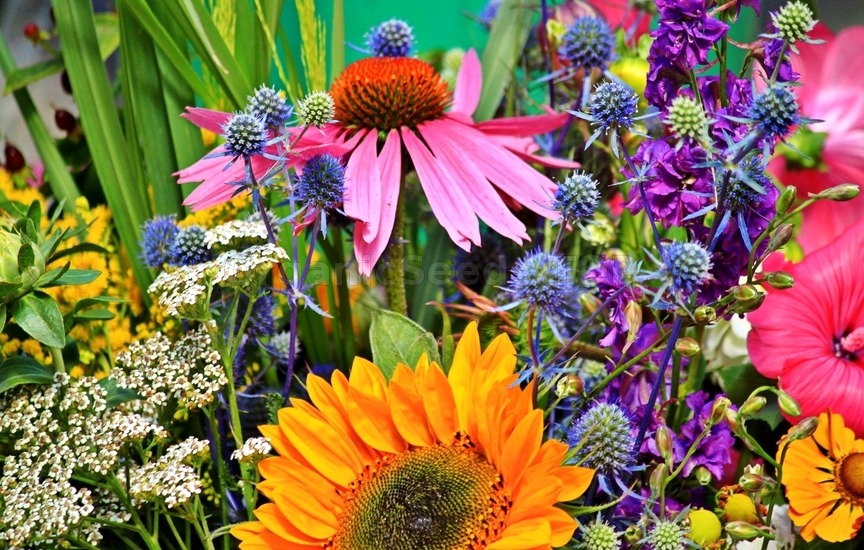 Versatile CoreopsisFrom spring to fall, coreopsis, also called tickweed, is an easy-care plant whose yellow, orange, red or purple flowers will attract butterflies to almost any garden. And once it has finished blooming, the seed heads will attract birds as well. The annual coreopsis can be grown in all USDA zones, while perennial choices are at home in all but the coldest or hottest climates (think Alaska, southern Texas and southern Florida). For something really unusual, check out C. tinctoria ‘Tiger Stripes’.
Growing tips
Coreposis is generally happy with any soil as long as it drains well. Provide water to establish, then the plants can handle less moisture during the growing season. Deadhead regularly for repeat blooms or leave some blossoms to reseed. This plant self-sows and spreads rapidly, so you may need to divide it every few years.
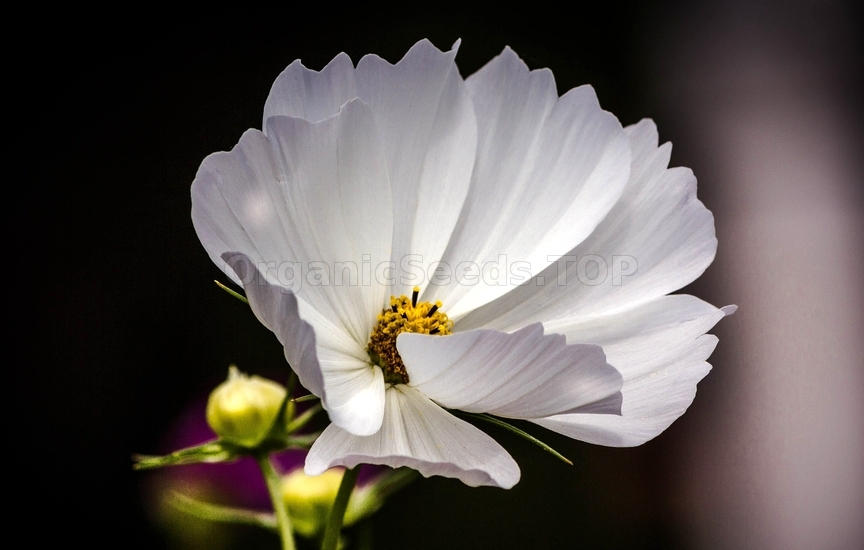 Easy-Care SedumWhen a plant has a variety named ‘Autumn Joy’, there’s no doubt that it belongs in the fall garden. While ‘Autumn Joy’ is one of the best known of the sedums, a lot of options are available. For the fall garden, hybrid varieties and Sedum spectabile are favorites for humans as well as birds, butterflies and hummingbirds.
Growing tips
Sedums are easy to grow and do better in poor dry soil with good drainage than in areas that are very wet. They are reasonably drought tolerant once established. Once the flowers are past their prime, let them dry and use them for indoor flower arrangements. You can cut the plants to the ground in fall or keep them in the garden for winter interest, then cut them back in late winter or early spring.
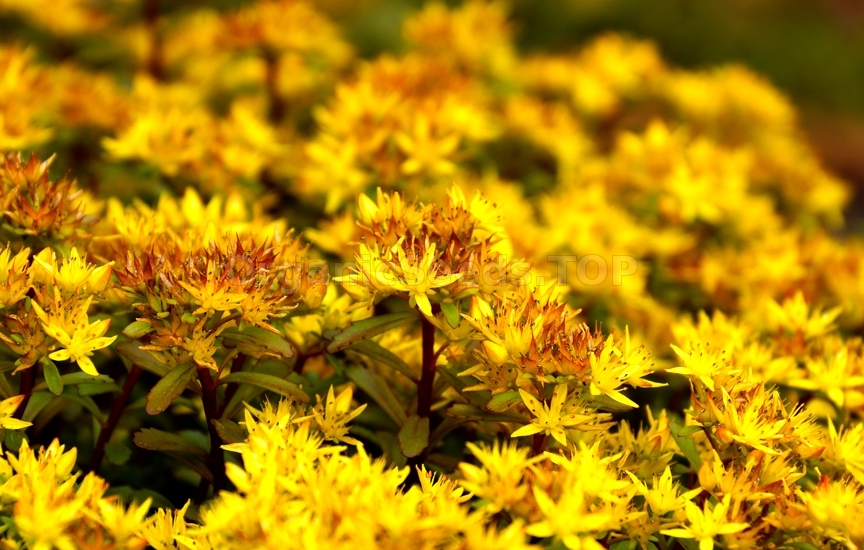 Prolific SneezeweedThe name is somewhat off-putting, especially if you have allergies, but you might want to overlook that in favor of enjoying the many bright yellow to brownish flowers sneezeweed gladly contributes to the landscape in autumn. You’ll find it sold as H. autumnale, but most of these are actually hybrids. Sneezeweed is another good choice for attracting butterflies and to use for cut flowers.
Growing tips
All prefer hot summers and soil that drains well but don’t need much fertilizer. Stake the taller types and deadhead to encourage continued blooming.
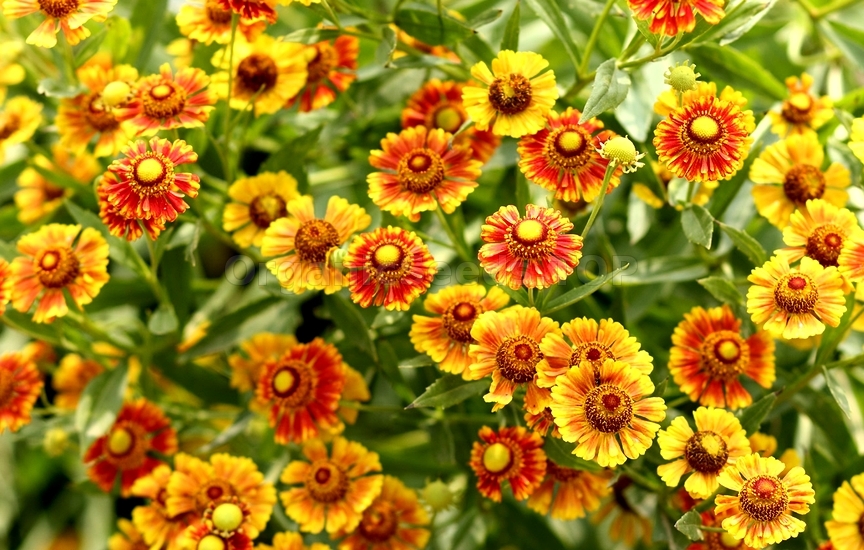 Long-Blooming Blanket FlowerIf you want a long-blooming perennial, blanket flower is a top choice. It begins flowering early in the summer and lasts until the frosty weather. During that time flowers in mixes of yellow, orange, red and maroon will attract butterflies. Blanket flower can handle both heat and wind and even tolerate some frost.
Growing tips
Plant it in well-draining soil; you may need to amend heavy clay soil so the roots don’t rot in winter. Blanket flower grows easily from seed and often reseeds. If the plants become too crowded or start to die back, divide in early spring. Cutting for arrangements will encourage repeat blooms.
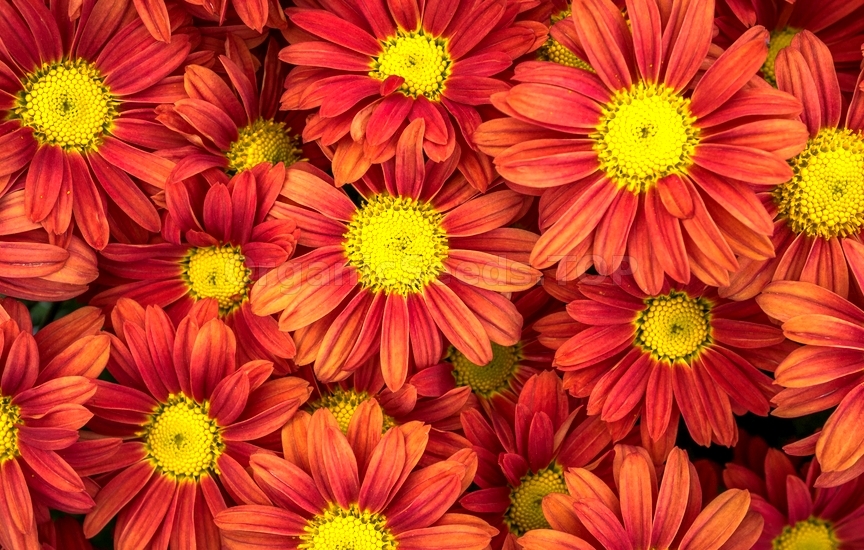 Often-Overlooked Joe Pye WeedWho Joe Pye was is the subject of debate, but whatever the answer, these large, showy plants that were once considered weeds are now coming into their own. They’re ideal for the back of a border: Even the smaller varieties can reach 6 feet, and the larger ones can grow up to 9 feet tall. The leaves themselves can be a foot in length, and they're topped by masses of tiny purple to white flowers. Bonus: Brush the leaves, and you’ll get a scent of vanilla.
Growing tips
Give these plants plenty of water and rich, moist soil, but as befits their “weed” origin, they don’t need much fertilizer. They are especially at home in meadow gardens and wonderful for attracting butterflies. 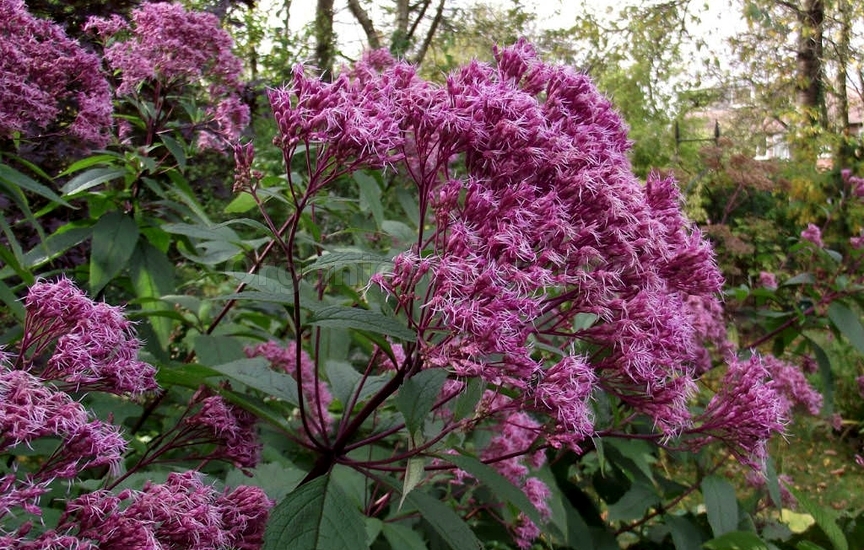 You may need:Annual flower for the fall gardenPerennial flowers for the fall garden«MAIKONIGIN» - LEUCANTHEMUM VULGARE SEEDS«PURPLE KING» - ECHINACEA PURPUREA SEEDS«Bright baron» - Calendula Seeds |
|
|
